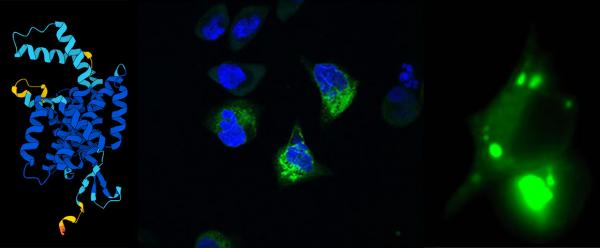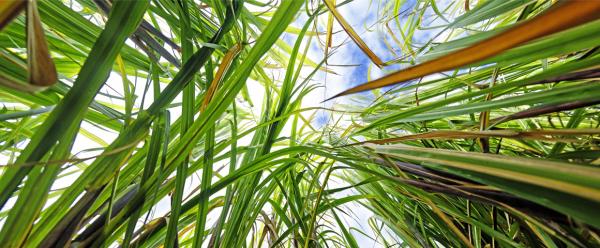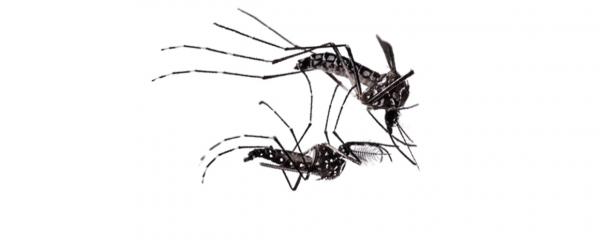Results & impact 2 April 2024
- Home
- Press area
- Press releases
- desert locust recent migration southern Africa
Desert locusts are exceptional migrators

Desert locusts apparently colonized southern Africa during a recent long-distance migration. Some 2600years ago, a small number of desert locusts apparently travelled the thousands of kilometres separating the deserts of North and southern Africa, before coming established there © M. Lecoq, CIRAD
While desert locust swarms have been devastating crops in East Africa and the Middle East since the start of this year, southern Africa, which is also home to this locust species, is not affected. Although they are of the same species, the locusts of southern Africa apparently swarm less than their cousins in the North. A team of researchers from CIRAD, INRAE and CNRS recently looked into the history of the divergence of the separate populations in northern and southern Africa, and made an unexpected discovery. Contrary to what might have been assumed, the desert locust did not colonize Africa as its desert habitat spread during the numerous ice ages that marked the Quaternary era. The actual reason was a much more recent long-distance migration: some 2600 years ago, a small number of locusts apparently travelled the thousands of kilometres that separate the deserts of northern and southern Africa, and became established in the South.
A recent migration
"More than 15 000 years ago, during the last glacial maximum, African forests shrank and gave way to arid environments such as deserts and savannahs. The fact that this brought the desert and semi-desert environments of northern Africa closer to those in the South enabled the gradual colonization of the continent by the species living there", Marie-Pierre Chapuis, a population geneticist specializing in crop pests, explains. "This episode was followed by a period of deglaciation, during which the forests spread again, separating the populations suited to arid environments in the North from those in the South. This is what happened to semi-desert species such as black-backed jackals and white rhinos. Until recently, we assumed that the same went for the colonization of Africa by desert locusts."
Using population genetics and innovative statistical methods, which fall within the field of artificial intelligence, Marie-Pierre Chapuis' team discovered that the insects in fact diverged much more recently. "About 2600 years ago, a small number of migrant locusts travelled thousands of kilometres to the deserts of west southern Africa and founded the current population", she explains. "The dominant winds along the east coast of Africa were favourable at the time. What might also be true is that like today, there was in fact an invasion in East Africa and one or more swarms of winged locusts with exceptional migratory capacities may have reached southern Africa."
An exceptional migrator
If proof were still required, the research by Marie-Pierre Chapuis and her colleagues has shown once again that desert locusts are exceptional migrators. The current invasion has already meant swarms of winged locusts migrating over long distances: while originally concentrated in the Arabian Peninsula, it has since affected some twenty countries this year, from Sudan and Kenya in the west to India and Nepal in the East. While the locusts have primarily had an impact in those regions, West Africa, which has been spared until now, could also be affected by swarms, carried by favourable winds, in the coming months.
Reference
Chapuis, M.‐P., Raynal, L., Plantamp, C., Meynard, C.N., Blondin, L., Marin, J.‐M. and Estoup, A. 2020. A young age of subspecific divergence in the desert locust Schistocerca gregaria, inferred by ABC Random Forest . Molecular Ecology 29: 4542- 4558 (previous version recommended by Peer Community in Evolutionary Biology )


























